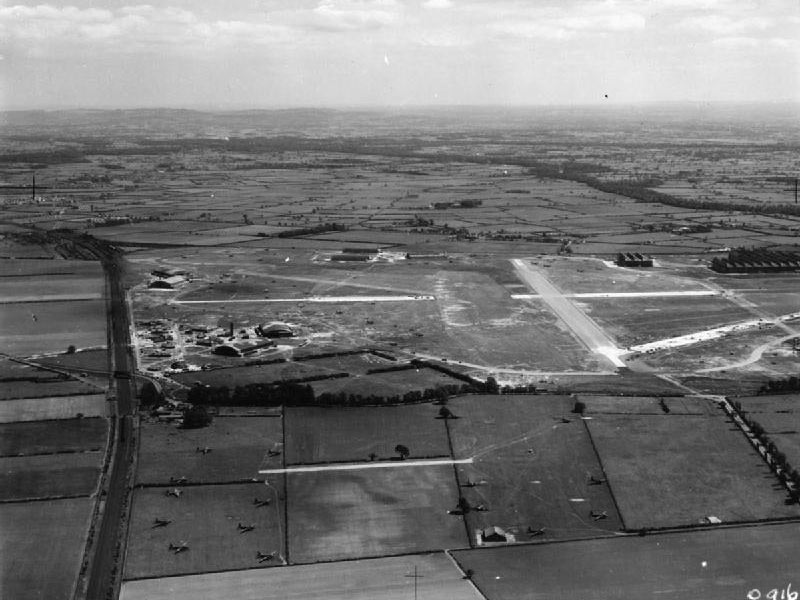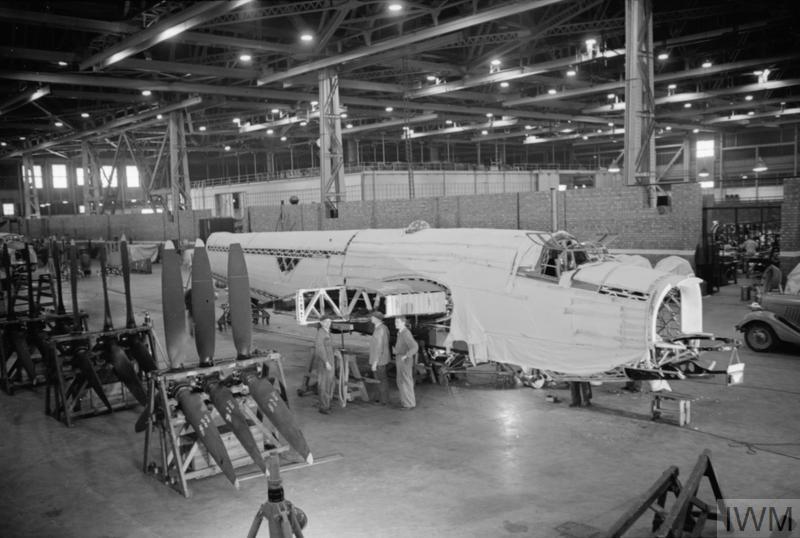The History of the Airport
Hawarden Airport has a rich history that dates back to the early 1930s, initially serving as a small aerodrome before its significant expansion during World War II. In the late 1930s, the site was transformed into a key shadow factory for Vickers-Armstrongs Limited, where it played a crucial role in the war effort by producing thousands of Vickers Wellingtons and Avro Lancasters. The factory’s contribution to the war was substantial, with one of its produced Lancasters, PA474, still flying today as part of the RAF’s Battle of Britain Memorial Flight.
After the war, the site continued to support the aviation industry, including the production of aluminum prefab bungalows by Vickers. Additionally, Hawarden became home to the RAF’s No. 48 Maintenance Unit, which was responsible for the storage, maintenance, and scrapping of various military aircraft until the late 1950s.

Previously made at Hawarden
De Havilland Mosquito
De Havilland Vampire
De Havilland Hornet
De Havilland Venom
De Havilland Comet
De Havilland Chipmunk
Hawker Siddeley Nimrod
Hawker Siddeley HS125
Airbus A300 (wings)
Airbus A340 (wings)

The Evolution and Journey
In the decades that followed, Hawarden Airport evolved into a major hub for the aerospace industry, particularly after becoming part of British Aerospace in 1977.
Today, it is owned and operated by Airbus UK and serves as the center for wing production for all Airbus commercial aircraft models, including the A320/ A330 and A350.
The wings are transported from Hawarden to final assembly lines across Europe using the iconic Beluga aircraft.
The airport also retains its community roots, with facilities like The Airfield football ground, home to Airbus UK Broughton F.C., which underscores its long-standing connection to the local area.
Hawarden Aerodrome Statistics
35,000
Airport users per year
2,043m
Runway Length
85
Years in operation

